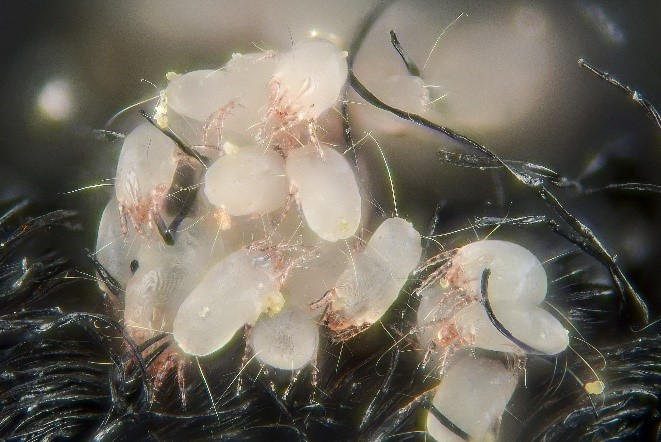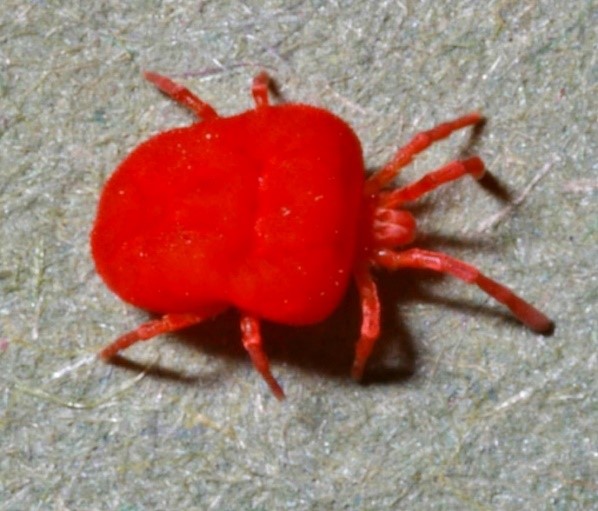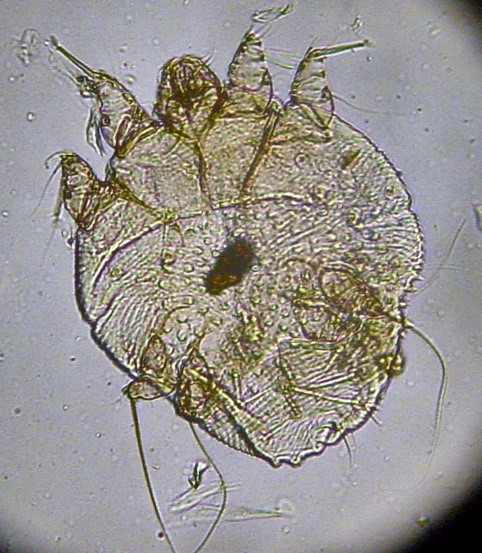Mites
Introduction The group of mites, belonging to the order Acarina, contains a very large number of species, reaching 50,000 species. Most species are barely visible to the naked eye (0.5 to 2.0 mm long). They have eight legs and a body with practically no division (similar to ticks). They live freely, except for a few that parasitize living organisms. Some…



